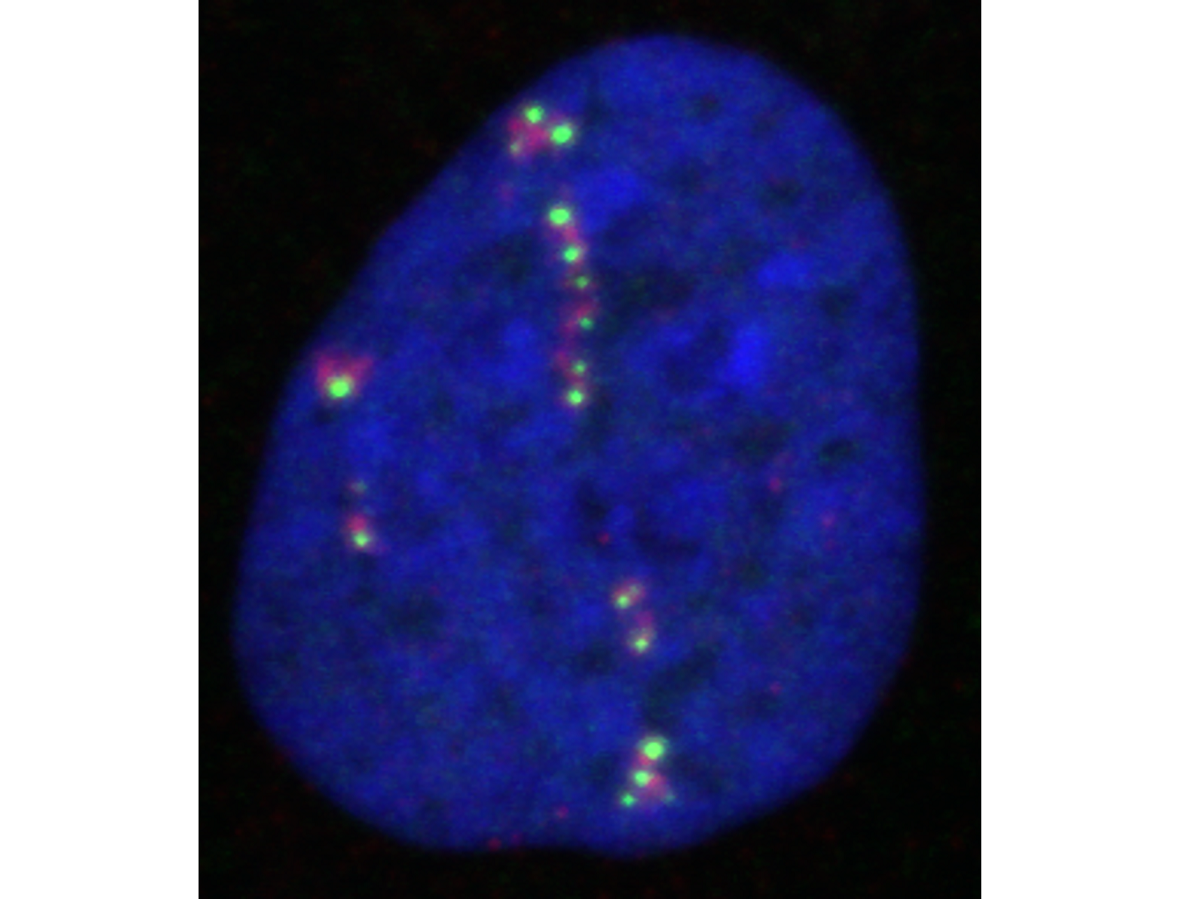Review
Version 1
Preserved in Portico This version is not peer-reviewed
Carbon Ion Radiobiology
Version 1
: Received: 2 October 2020 / Approved: 5 October 2020 / Online: 5 October 2020 (08:16:34 CEST)
A peer-reviewed article of this Preprint also exists.
Tinganelli, W.; Durante, M. Carbon Ion Radiobiology. Cancers 2020, 12, 3022. Tinganelli, W.; Durante, M. Carbon Ion Radiobiology. Cancers 2020, 12, 3022.
Abstract
Radiotherapy using accelerated charged particles is rapidly growing worldwide. About 85% of the cancer patients receiving particle therapy is irradiated with protons, which have physical advantages compared to X-rays but similar biological response. In addition to the ballistic advantages, heavy ions present specific radiobiological features that can make them attractive for treating radioresistant, hypoxic tumors. An ideal heavy ion should have lower toxicity in the entrance channel (normal tissue), and being exquisitely effective in the target region (tumor). Carbon ions have been chosen because they represent the best combination in this direction. Normal tissue toxicities and second cancer risk are similar to those observed in conventional radiotherapy. In the target region, they have increased relative biological effectiveness and reduced oxygen enhancement ratio compared to X-rays. Some radiobiology properties of densely ionizing carbon ions are so distinct from X-rays and protons that they can be considered as a different “drug” in oncology, and may elicit favorable responses such as increased immune response and reduced angiogenesis and metastatic potential. The radiobiological properties of carbon ions should guide patient selection and treatment protocols to achieve optimal clinical results.
Keywords
carbon ions; particle therapy; radiotherapy; radiobiology; hypoxia; RBE; immunotherapy; metastasis
Subject
Biology and Life Sciences, Biochemistry and Molecular Biology
Copyright: This is an open access article distributed under the Creative Commons Attribution License which permits unrestricted use, distribution, and reproduction in any medium, provided the original work is properly cited.
Comments (0)
We encourage comments and feedback from a broad range of readers. See criteria for comments and our Diversity statement.
Leave a public commentSend a private comment to the author(s)
* All users must log in before leaving a comment









